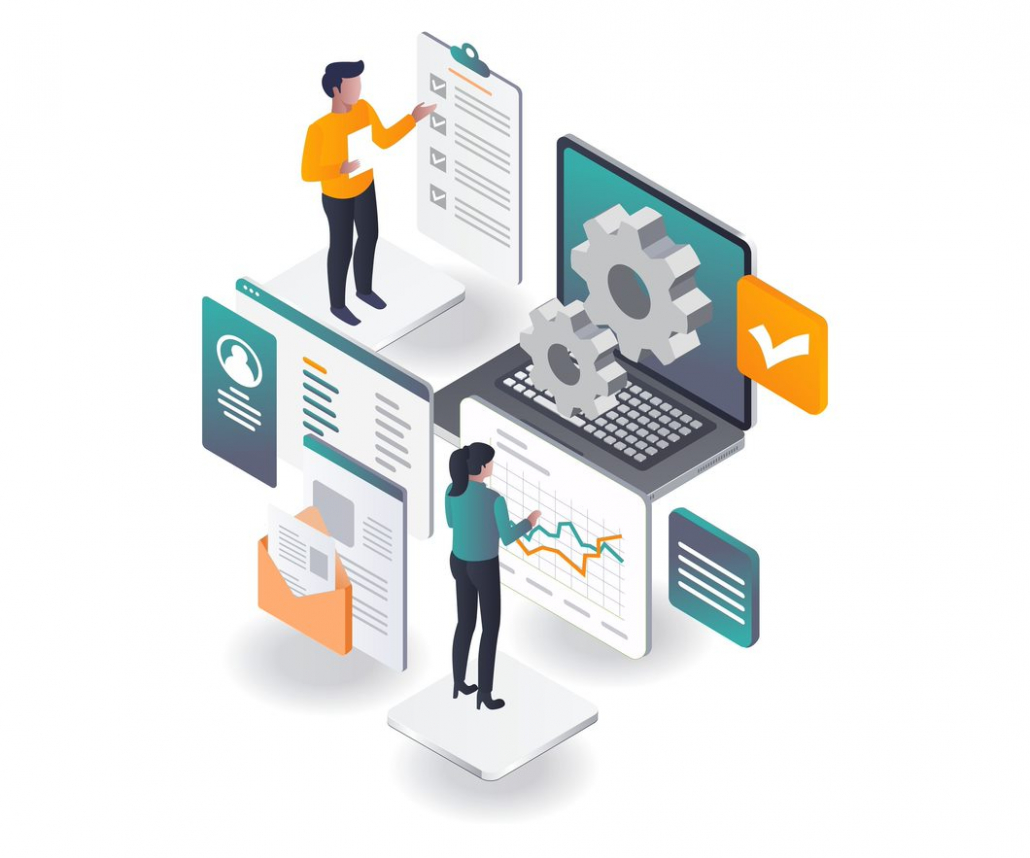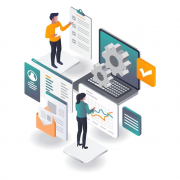Future of data integration: traditional, cloud or hybrid?

Wrapped in data, and with its volume growing faster than ever, decision-making is dependent on reliable information. Bringing the information stored in different data lakes together for the overview that the executives need is a major challenge. That’s where data integration technologies come in handy.
This article discusses:
- what is the purpose of data integration
- what business value does combining data bring
- what are the top data integration trends
- what is the role of business analysis in data integration
Data integration is meant to aggregate data from different sources to provide a unified view. Only then do you stand a chance to handle and manipulate all your data via a single interface and analyze them.
As data streams keep growing, businesses are eyeing top data integration trends, methods, and tools. They are keen not only to maintain and integrate data warehouses but to leverage all the facts and figures they collect, including business data stored in different data lakes.
According to Symantec CloudSOC, a business typically uses 928 applications, and then there are several other on-premise systems to store enterprise data. It is not surprising then, that the enterprise data integration market size – according to a 2022 report by Grand View Research, Inc. – is anticipated to reach USD 3843.4 million (€3312.03 million) by 2027, which is much higher north of USD 2300.8 million (€1982.70 million) in 2020. In 2021-2027, the anticipated CAGR of the enterprise data integration market is 7.1%.
Data analysts rely on timely and accurate data for decision-making. Modern data integration techniques support their dynamic requirements, overcoming the limitations of outdated methods.
What are the benefits of data integration?
In light of the ever-growing number of data volume, data integration supports businesses in their efforts to manage and analyze data efficiently as a team. It is about sharing data relative to what the organization needs instead of just what one function in the company wants to achieve. Otherwise, your organization most probably works in data silos or isolated data. It all results in bad decisions and wasted resources.
Data integration offers easier access to data created from multiple applications. Data is more visible and available which reduces the burden on human resources. Your staff can focus on higher-level needs than identifying data sources and compiling them manually for reporting and analytical purposes.
Overall, once you have access to integrated data, you can improve the strategic, tactical, and operational planning of your organization. Organizations without a data integration strategy – or ignoring data integration at all – will end up being inefficient, incur high costs, and offer services that are not competitive in the market.
Read about how we conducted a custom database migration in a manufacturing company: Custom database migration: how to eliminate production bottlenecks? (ccaeurope.pl)
The future of data integration: EAI or EiPaaS?
As in other areas of IT, data integration techniques started evolving to adapt to the ever-changing needs of organizations. The world of data integration keeps talking about some trends to keep track of in the coming years.
One solution is enterprise application integration (EAI). This process connects different software applications within an organization to make them communicate and work together. The idea is that different applications can exchange data and work together by merging combined data from various sources to create a unified view. With this solution in place, businesses can improve communication, streamline workflows and reduce manual processes.
Another one is the enterprise integration platform as a service (EiPaaS), a cloud-based option. Businesses can connect their applications and systems in a more efficient and streamlined way. It works as a central hub for data exchange: different programs and platforms can communicate and share information there. EiPaaS offer time and resource-saving benefits since they automate processes to integrate different software applications. Data becomes more accurate and better visible once it is consolidated into a single location.
Hybrid solution: corporate data ready for AI
A hybrid integration platform (HIP) takes a different approach. A traditional data integration platform would typically focus on integrating data from various sources. A HIP combines multiple integration techniques. It establishes a mix of on-premises and cloud-based systems. It also features additional capabilities like data mapping, APIs, or business process management. Actually, HIPs are meant to support agile and flexible integration solutions for complex modern IT environments. They often incorporate advanced features like artificial intelligence (AI) and machine learning (ML).
Data teams are increasingly adopting metadata management solutions to enhance insights and streamline their workflows.
Back in 2021 the consulting firm Gartner announced that by 2022 at least 65% of large organizations would implement a HIP to power their digital transformation and data management efforts. Their stand was based on the fact that the hybrid supported the process on company-specific terms: without throwing out legacy systems and on-premises enterprise technology. The HIP seems like a good choice when you need to keep some systems on-premises for security or compliance purposes.
You need experts in data management to handle your integration
Modern data integration solutions offer many benefits: from lowering engineering costs and enriching data to reducing time to insight and boosting adaptability. Following a number of successful projects, we realize the main challenge in custom data integration is to ensure their consistency and integrity.
If you want to combine data scattered across multiple data sources, powering either on-prem or cloud applications, we can help. We can also provide support by developing a cost-effective data integration strategy or auditing the one already in place in your organization. If you need expert consulting in finding the best data integration solution, contact us. We will be happy to discuss any data integration challenge to see what we can do for you.

